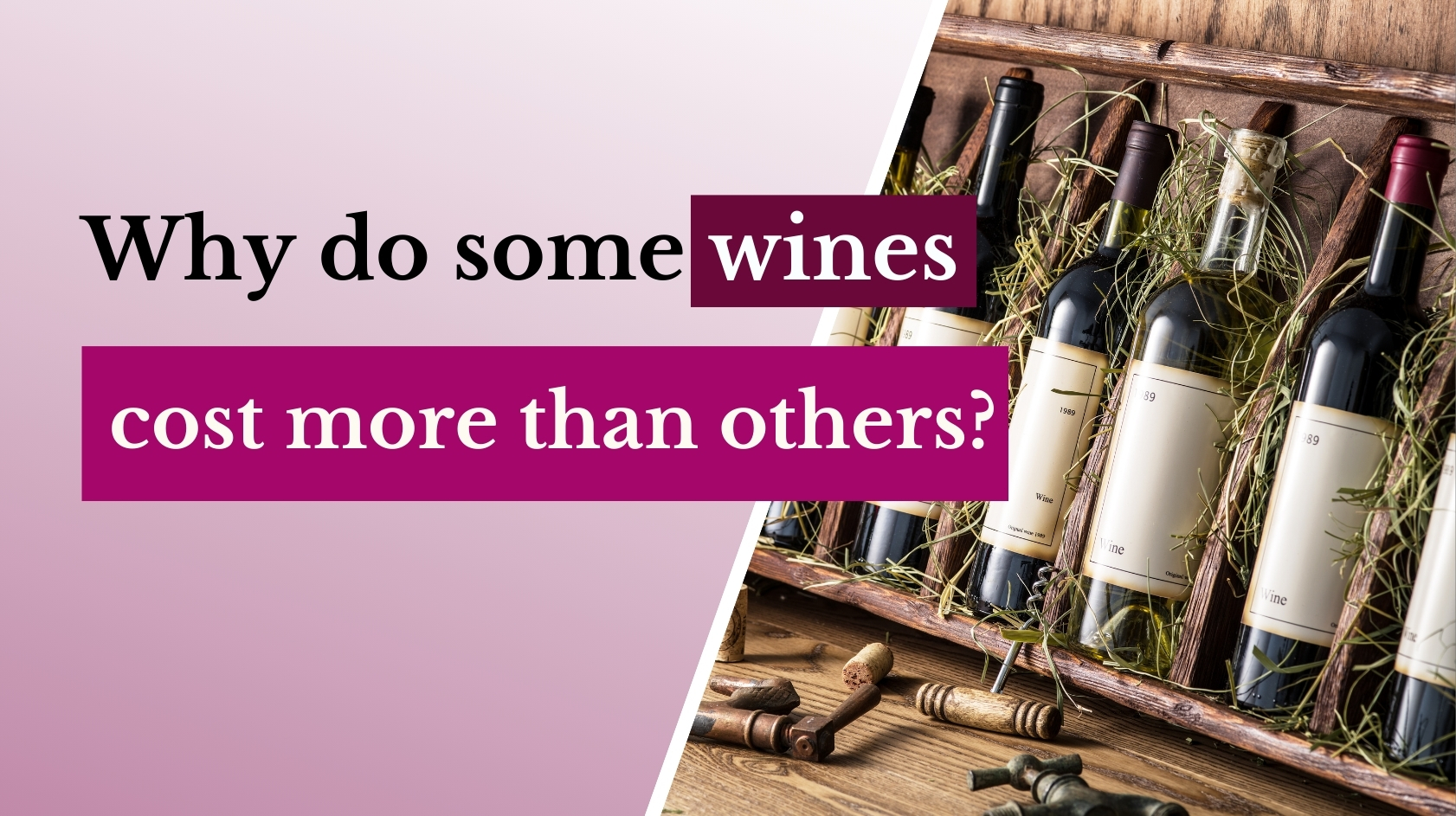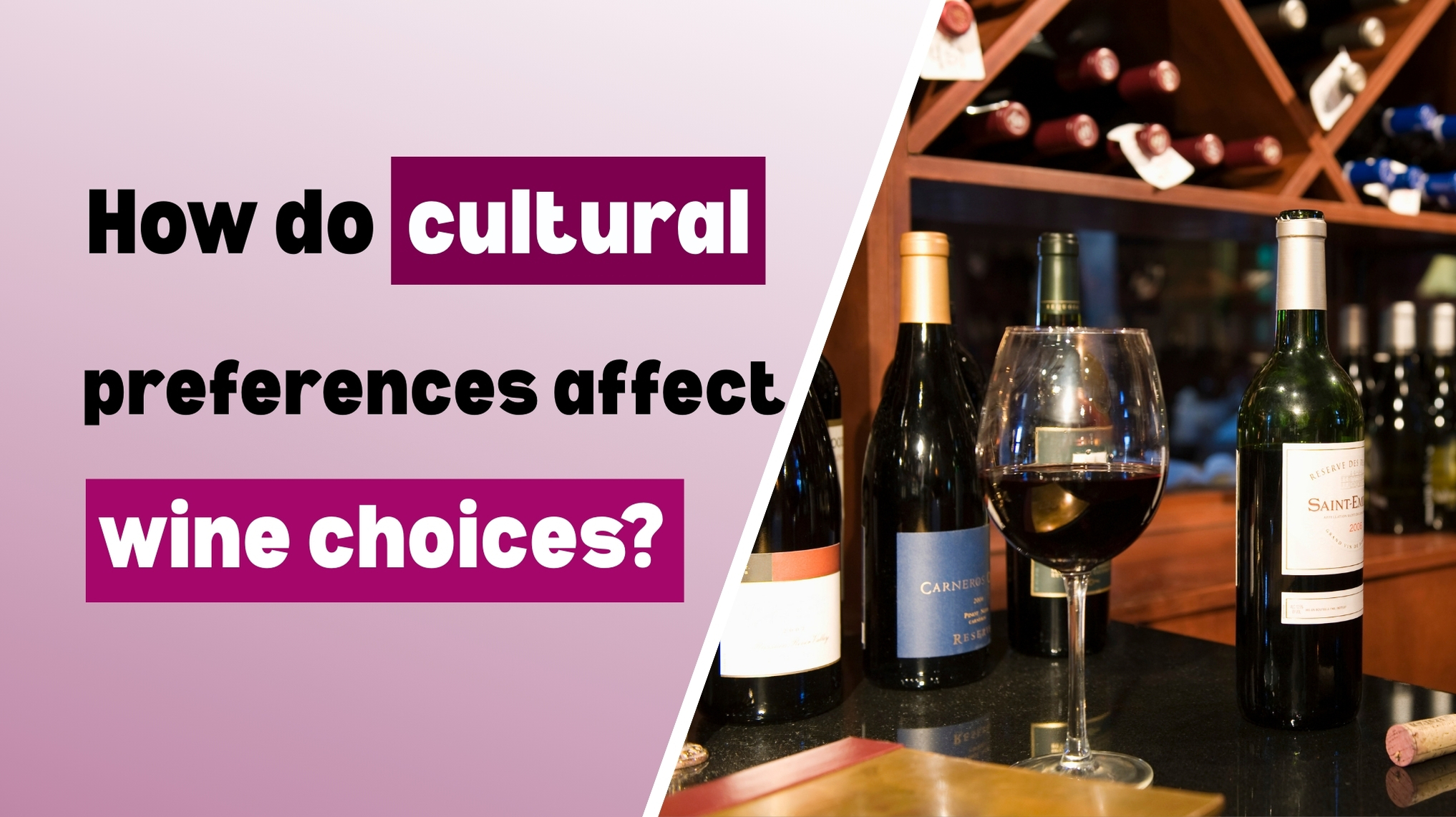Why Do Some Wines Cost More Than Others?

Why Do Some Wines Cost More Than Others?
Wine comes in a wide range of prices, from just a few dollars to thousands for a single bottle. Many people wonder why some wines are much more expensive than others. The answer lies in a variety of factors that go into making and selling wine. Everything from how the grapes are grown to how the wine is packaged and promoted plays a role in its final price. Understanding these elements can help consumers make informed choices and appreciate the value behind each bottle.
1. Grape Cultivation and Farming Practices
The quality of wine begins in the vineyard. Premium wines often come from vineyards that use detailed and careful farming methods. These methods include hand-picking grapes, controlling vine growth, and limiting the number of grapes per vine to ensure better flavor. These techniques require more labor and time, which increases the cost of production. Lower-yield vines typically produce richer, more concentrated grapes, which are used to make higher-end wines. As a result, wines made from these grapes tend to cost more.
2. Terroir: The Role of Environment
Terroir is a French term that describes the environment where grapes are grown, including soil, climate, and landscape. Some regions, like Burgundy and Champagne in France, are known for their unique terroirs that give wines special flavors and characteristics. Wines from these areas often carry a higher price because the land itself is rare and highly valued. When a wine is made in a region with a famous terroir, the price often reflects this added value.
3. Oak Aging and Advanced Winemaking Techniques
The way a wine is aged can affect its flavor and price. Many premium wines are aged in oak barrels, which add complexity and smoothness to the final product. French oak barrels, in particular, are known for their quality and can cost anywhere from $600 to over $2,000 each. Using oak barrels instead of stainless steel tanks also takes more time and space. This investment in aging techniques results in higher costs, which are passed on to the buyer.
4. Brand Reputation and Market Demand
Just like in fashion or electronics, a well-known brand can demand higher prices. Some wineries have earned a strong reputation over time, and their wines are highly sought after. For example, Château Pétrus in Bordeaux is famous worldwide and commands very high prices due to its history and quality. When a wine becomes popular due to celebrity endorsements or media coverage, the demand increases, allowing producers to charge more.
5. Scarcity and Vintage Quality
Scarcity plays a big role in wine pricing. Wines that are made in small batches or only available during certain years, known as vintages, are often more expensive. If a particular year had excellent weather conditions for growing grapes, wines from that vintage are usually considered better in quality. However, poor weather can reduce the harvest, making that wine harder to find and pushing the price even higher. For instance, a frost in Burgundy in 2021 reduced grape yields, which led to higher prices for that year’s wines.
6. Packaging and Presentation
The way wine is packaged also influences its cost. High-end wines often come in heavier bottles, with custom labels, wax seals, or elegant boxes. These features increase the production cost but also make the product look more luxurious. For many consumers, good presentation adds to the experience and justifies a higher price. In contrast, more affordable wines usually have simpler packaging to keep costs down.
7. Logistics and Import Tariffs
Where a wine is made and where it is sold also affects the price. Wines that are imported from other countries often have higher shipping costs, storage fees, and taxes. If there are additional tariffs or import restrictions, the price can increase even more. For example, recent tariffs on European wines brought into the United States led to noticeable price hikes for those products. These extra costs are often passed on to the consumer.
8. Critical Acclaim and Awards
Wines that receive high scores from respected critics or win awards at international competitions can become more expensive. This recognition builds trust and interest among consumers. People are often willing to pay more for wines that are praised by experts, as they believe the wine is guaranteed to be of high quality. These ratings can also create limited demand, increasing the price even further.
9. Storage and Provenance
Wines that are stored properly over time, especially those meant for aging, require special conditions. Temperature-controlled cellars and humidity control are important to preserve quality. Wines that come with a clear history of where and how they were stored are often considered more trustworthy and valuable. Collectors and wine lovers are often willing to pay more for wines with known provenance and proper storage.
10. Cultural and Historical Significance
Some wines carry a story that adds to their value. Wines from regions with a long winemaking history or those tied to cultural events often cost more. This is especially true for wines that have become symbols of a country or tradition. The history and legacy behind the wine can make it more appealing, not just as a drink, but as a cultural experience. This emotional and historical connection often justifies a higher price in the minds of buyers.










